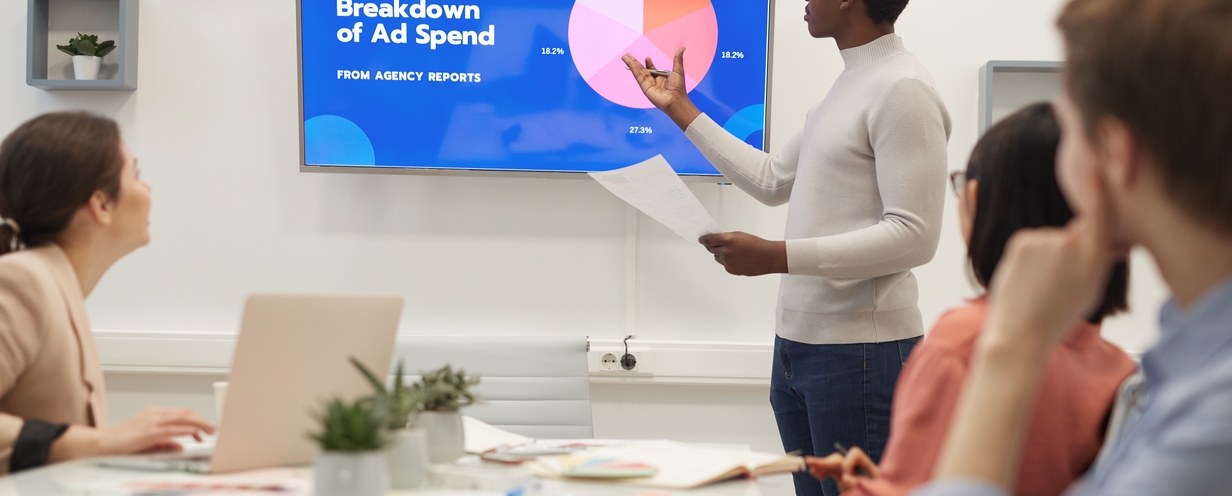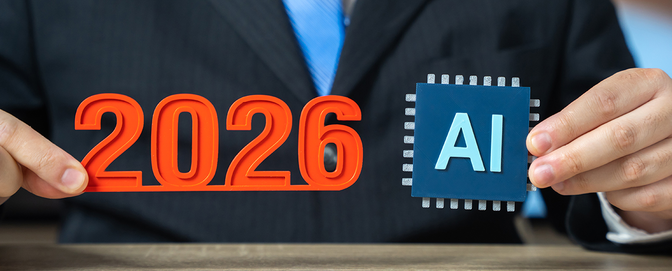
Your paid traffic is 63% gone. Here’s the post-click reality no dashboard show

The cost of running paid ads continues to climb, with Karooya reporting a 10% year-over-year increase in Google Search ad spend in 2024, while Rank Fuse research finds that Google Shopping CPC climbed from around $0.85 in Q1 2015 to $3.68 in Q4 2024. That’s an increase of over 330% in a decade.
But despite heavy budgets allocated to paid traffic, bounce rates remain high among users. The average paid search visitor bounces around 63% of the time. That means over half of those costly clicks leave after one page, delivering no further channel engagement.
That's why marketers need to look beyond standard metrics like CTR and CPC in order to truly understand user behaviors. It's about gaining the full picture of the digital customer experience from intent to decision. That’s how you turn traffic into trust, and clicks into conversions.
Understanding user intent
Bounce rate metrics can give you a quick snapshot of user engagement, but without context, that metric can be misleading. That's where user intents and habits come into play.
These factors often go unnoticed as one pays too close attention to standard customer journey analytics. For example, a visitor might bounce after viewing a single product page, not because they weren’t interested, but because they found exactly what they needed and planned to come back later to purchase.
Other times, users may click through your ad without ever having the attention to stay to begin with. For instance, a returning visitor quickly verifies a detail or a bored social media user clicks an ad on a whim. In many cases, users just want to take a peek at what it is you're selling, but don't have the intention of making a purchase.
And that’s the nuance traditional analytics often miss. A high bounce rate doesn’t always mean your page failed, it just means the story is incomplete.
Here are a few other common post-click scenarios that inflate bounce rates:
- Window shoppers: Some users are just browsing, collecting options, or exploring ideas.
- Bookmarking for later: A user lands on your page, skims the content, and bookmarks it to revisit later. It registers as a bounce, but it reflects future interest, not lost intent.
- Overlapping sessions: A user who’s already browsing your site on one device clicks a link on another, triggering a bounce on the second session without disrupting their original flow.
- External redirection: The user clicks an external link (e.g., to a partner or third-party review site) embedded in your page, but your analytics see it as an exit.
Each of these scenarios shows how user intent drives the decisions they make on your website. This intent ultimately leads to site activity that may show up as a ‘bounce’ but miss the full picture of a user’s digital customer experience.
What’s a healthy bounce rate level?
Bounce rate benchmarks vary widely based on traffic source, device, and content type. Here’s a general guideline to set your expectations:
- Landing pages (paid traffic): 60–90%
- Blog content or news articles: 65–85%
- Product or category pages (eCommerce): 40–60%
- Service or feature pages (B2B): 30–55%
- Homepage: 20–40%
Source: Instapage, Databox, CXL, OrbitMedia
These are ballpark figures, not performance verdicts. A bounce rate of 70% on a landing page isn’t necessarily a red flag if the page is informational and fulfills user intent in one view. Likewise, a 35% bounce rate might still be a cause for concern if users abandon their accounts before completing a key action.
So instead of chasing a universal “good” number, ask the better question: Does this page meet the intent of the user?
If not, whether the bounce rate is 30% or 80%, you have work to do. The key is to combine quantitative signals (like bounce) with qualitative feedback (from actual users) to optimize user journeys, giving you an idea of what’s working and what’s not.
GUIDE
How to engage and convert prospects from every customer channel
Why high-value traffic drops off after the click
Too often, the post-click experience breaks down due to subtle yet critical missteps. Here are four reasons why visitors exit before engaging:
1. Disconnect between campaign messaging and landing-page content
There’s often a messaging mismatch between the acquisition source and the website experience. For example, an ad might promise a “50% off deal,” but the landing page barely mentions that promo. These inconsistencies create confusion in site visitors, causing mistrust. Ads on web pages set up user expectations. If the page after the click doesn’t immediately confirm that expectation, users have no reason to stick around.
2. Blind spots across the full journey cause drop-offs
Marketers often analyze behavior in silos. Without a holistic view, you might not realize that navigation issues, slow load times, or lack of clarity are causing users to drop off repeatedly. For instance, if mobile visitors from social media consistently bounce on a certain page, while desktop organic visitors don’t, that’s a red flag about the mobile experience or expectation-setting.
3. Treating returning visitors like strangers
An often-overlooked post-click failure is ignoring user history. Many sales pages reset the experience with every visit, showing returning visitors the same homepage or sign-up prompt, rather than acknowledging ongoing progress. Returning visitors are far more likely to convert than a new visitor. If that visitor comes back and feels like they’re starting from scratch (e.g., the item they added to cart is gone, or they can’t easily find where they left off), it creates friction and frustration.
How to close the bounce rate gap
Marketers have no shortage of data. But to close the bounce rate gap, marketers need to strive for user experience optimization across every channel.
Here’s how leading teams bridge the gap between traffic and trust:
1. See what users actually experience: Watching real people interact with your landing pages tells a radically different story than bounce rate graphs. Are they pausing to make sense of your layout? Are they scrolling in search of something the ad promised? Are they confused by your sign-up flow? This type of insight reveals the micro-frictions that drive drop-offs.
2. Align the message with mindset: Build pages that reflect the intent behind each channel. Visitors from paid search may need fast answers. Visitors from social media may crave story and emotion. Testing experiences by source helps tailor your content and design to better fit those expectations.
3. Optimize for continuity: Don’t treat returning users like strangers. If someone dropped off at step two of a sign-up flow yesterday, let them resume there today. Show recent activity. Autofill details. Make the next visit feel like a natural continuation, not a do-over.
4. Fill in the blind spots: Combine analytics with actual human feedback to uncover where expectations break. Tools like UserTesting let you see the full journey—across devices, sessions, and channels. You’ll hear things like, “I was looking for that offer from the ad… but I don’t see it here.”
Going beyond bounce rates
High bounce rates don’t mean your ads are broken. They often mean your post-click experience is. User behavior is unpredictable, often invisible to traditional performance metrics. Without understanding their mindset and context, you’re left reacting to numbers without knowing what they actually mean.
To fix that, marketers need to look at the user journey as a whole in real-time. Learning what happens before, during, and after a click by taking into account all the nuances, friction, and emotions that come with it. With UserTesting, brands aren’t just buying traffic; they’re earning trust and designing experiences that meet users where they are.
Key Takeaways
- Bounce rate is a signal, not a verdict. High bounce doesn’t always mean failure, it depends on user intent, page type, and context.
- Misaligned messaging kills momentum. When landing pages don’t reflect what was promised in the ad or email, users leave fast.
- One-size-fits-all pages alienate certain channels. Different traffic sources come with different expectations. Tailoring content by channel improves engagement.
- Returning visitors deserve smarter experiences. Serving the same static journey to repeat users wastes opportunity and adds friction.
FAQ
Q: What’s considered a good bounce rate?
A: It depends on page type and traffic source. For example, paid landing pages often see 60–90% bounce rates, while homepages or feature pages average 30–50%.
Q: Why do landing pages fail to engage?
A: It could be a mismatch between the user’s expectations and the content they see. Poor page design, lack of clarity, and missing CTAs are also common culprits.
Q: How do I know what users expect from each channel?
A: You won’t find that answer in analytics alone. Testing experiences with real users by acquisition source helps reveal what different audiences expect, and where your messaging falls short.
GUIDE





